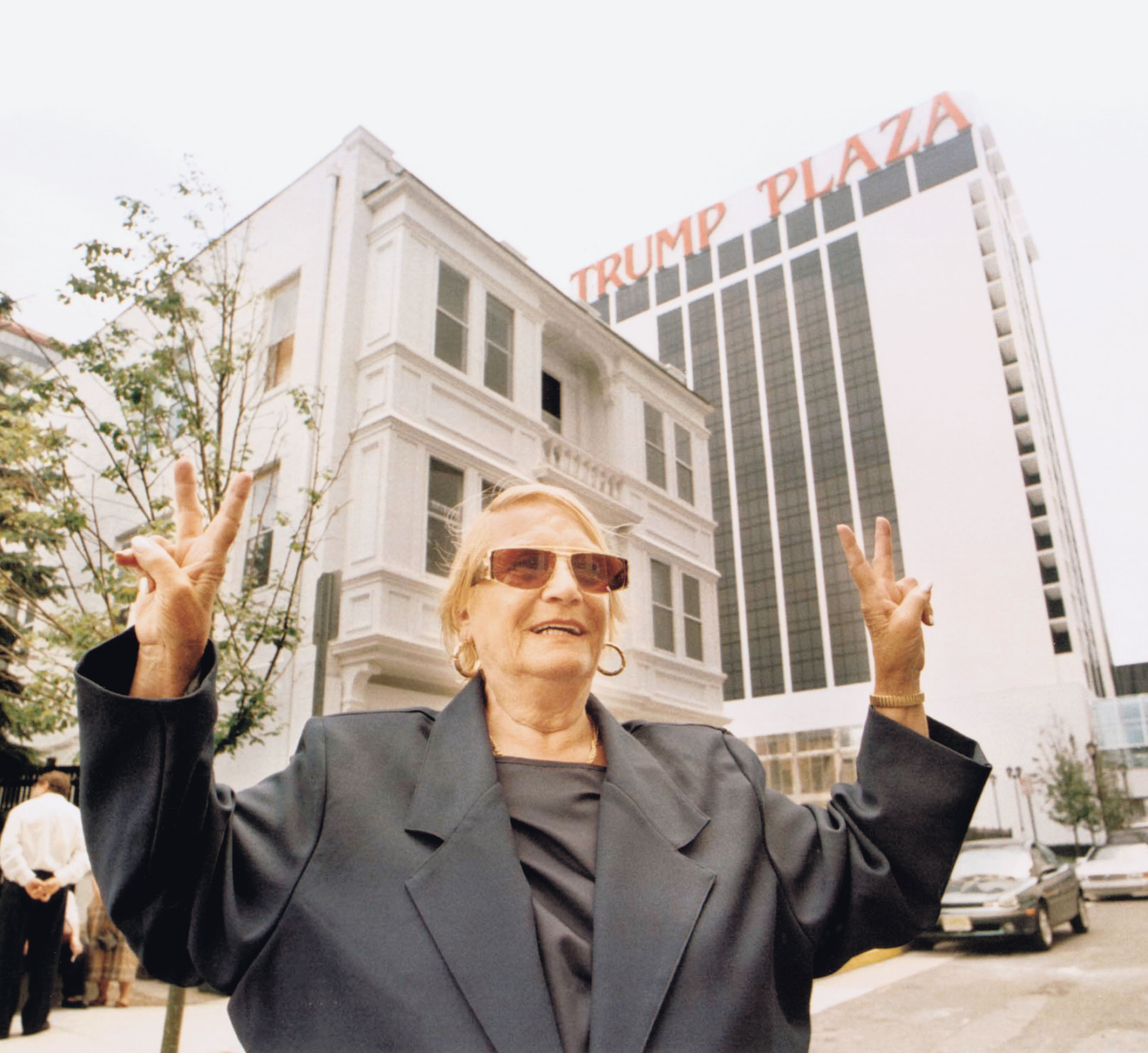Property assembly: Using science to get condo unit owners and developers to be friends

In his recently published study, Roman Zakharenko, an Associate Professor at ICEF, comes up with a way to improve urban economy. He offers a solution to the never-ending conflict around ageing condos that are targets for redevelopment. We asked Roman to tell more about his solution, why multi-storey neighborhoods are doomed and how urban life is affected by vertical systems of power.
The heart of the problem
The need for property assembly arises in response to major real estate projects that affect large number of owners. As we know from theory and practice, the higher the number of affected owners, the slimmer the chances of having each of them entering into arrangements for the sale of their property.
Coercing the reluctant owners into selling their property is seen by economic science as beneficial with regard to the society in general and the majority of the transactors in particular. There is, however, no consensus among scholars as to the form of this coercion, for it might easily translate into a robbery – of small owners by the bigger owners, one being the state.
In the majority of countries, forced alienation of real estate property is permissible solely for State needs, the examples including public road construction and expansion of national parks. In these cases, evicted residents are paid a compensation which is calculated based on the market value of their property. As for private development projects – shopping malls and condos – they are not allowed to seek forced sale. The only way for them to get their projects started is by entering into arrangements with all the residents involved, a process that takes years and complicates development in city limits. Developers are often forced to move their projects to the outskirts, which, in turn, leads to excessive urban sprawl and increased transport costs.
Here is how science can help
My recently completed study titled Optimal Compulsion for Private Assembly of Property offers a mechanism that helps owners of multi-unit property to put their flats up for sale and divide proceeds among themselves. Examples of such multi-unit property in Russia include Khrushchev-era blocks of flats and their adjacent territories or garage cooperatives marked for demolition.

For each specific multi-unit property, the property assembly mechanism can be set in motion by either one of unit owners and is carried out by the state. At stage one, each owner is supposed to evaluate their unit, i.e. flat in a Khrushchev-era block of flats or a garage in a garage cooperative. Their valuation can be changed by them at any time before the buyer appears.
After all the valuations are in place, each owner is entitled to a compensation payable in case of sale. In most cases, the awarded compensation appears higher than the owner’s estimate. In the event an owner sets a price which is much higher than his neighbors’, the awarded compensation may be less than he or she has asked for. This is what coercion is about in this algorithm.
Once the amount of compensation is calculated for each and every owner, the multi-unit property can be sold to whoever is first to pay the compensation to all unit owners.
One principal problem to be explored further consists in determining the optimal amount of compensation based on valuation from the owners. Such compensation should be within a range that wouldn’t allow room for overvaluing or undervaluing of property by their owners.
The total amount should be satisfactory to all the owners. It should be high enough to generate a profit and decent enough to attract buyers. What sets the proposed mechanism at advantage is simplicity of organization and transparency of its procedures.
The owner only has to evaluate their property and the buyer to pay and take possession of it
In this transaction, owners-buyer interaction can be zero as all organizational issues are the responsibility of the state. For the state to be able to act as intermediary, a dedicated body should be set up to serve the process at all its stages, starting from receipt of property assembly request, which can be filed by either of the owners, and ending with completion of the transaction. Such body would also be in charge of forced alienation from that small number of owners that might be expected to set their prices at levels higher than their neighbors’.
The way things work in Russia
The privatization of the 1990s had ‘dispersed’ the real estate property previously owned by the state among a large number of individuals. On the one hand, this had led to the emergence of a large and liquid market for housing and garages, and on the other posed new development to the need to deal with property assembly. There is currently no mechanism to support property assembly through privately negotiated transactions. Nor are there any major cases of private developers buying out and tearing down old housing or garage cooperatives, which slows down the development in Russian cities.
Beginning of 2017 the Moscow government has been operating a ‘resettlement programme’ designed to compensate for lacking private mechanisms with administrative measures. There is a list of multiple dwelling units that are marked for demolition. The owners of their flats are offered new apartments as a compensation, while the decision to demolish is taken if approved by 70% of unit owners. The interests of the rest are marginalized.
Moscow’s resettlement programme lists 5,173 multiple dwelling units with more than 350,000 apartments (Source: stroi.mos.ru)
All things considered, the resettlement programme has a highly controversial nature. One major drawback is that the list of housing marked for demolition cannot be influenced by any of real-estate market actors. Another is that all possibility of private investment is ruled out, stretching the programme for decades. A third drawback consists in the replacement housing being often inadequate and the evicted residents’ limited power to influence the choice of the replacements. Needless to say that this resettlement programme lacks in transparency and creates ample room for corruption.
The proposed mechanism is free from the above drawbacks. Applicable to absolutely any multiple-unit property and allowing for interaction also with private developers, it provides for monetary compensation payable to owners as a way to accelerate the process and give owners flexibility with regard to their future dwelling. All stages of transaction are transparent to its parties for there will be a formula for calculating the amount of the compensation, with the price payable by buyers equaling the sum total of the compensations due.
How far the mechanism of property assembly is in the USA
As in Russia, there is no such mechanism in the United States that would allow a private developer to coerce condo unit owners into selling their property. The U.S. market is in urgent need of new ways to address this issue as new development encroaches on the suburbs due to highly complex land assembly. According to analysts, this trend continues to contribute to the sprawl of American cities.
And yet, the American private housing developers stand a bigger chance of getting their projects going when it comes to condominium unit owners. The laws of many states grant developers the right to declare a condominium building bought out once they gain consent from 75% of owners and pay a compensation to those reluctant to move out. This scheme, however, implies a risk of high expenditures to meet the owners halfway, which the proposed mechanism allows avoiding of.

Among the most revealing cases of government agencies acting as agents for private interests is Donald Trump's battle with Atlantic City resident Vera Coking. As a private developer, Trump planned to buy up an entire block to build a casino. He convinced the State agency to use its “eminent domain” power, i.e. the power to take private property for public use such as road construction. Vera Coking brought the case to the U.S. Supreme Court and won it. The casino had to be built around her house, not in its place.
Prospects for the Russian condo unit owners
The situation around property assembly is likely to only aggravate in the next two decades. The need to tear down the existing standardized blocks of flats – products of the mass construction of the 1960s-1970s – threatens to be very acute in the 2030s-2040s. A just and beneficial-to-all solution is offered by a property assembly mechanism that uses market involvement.